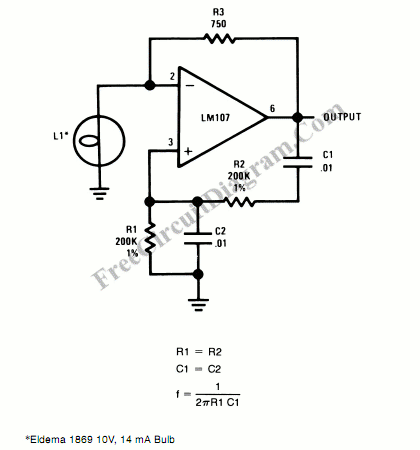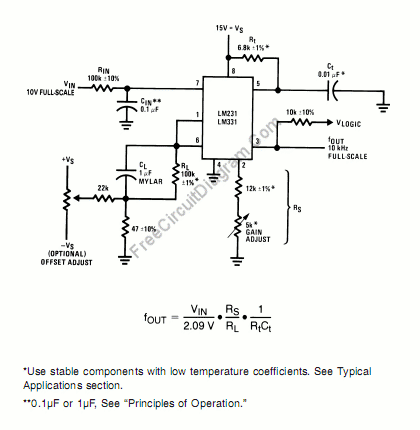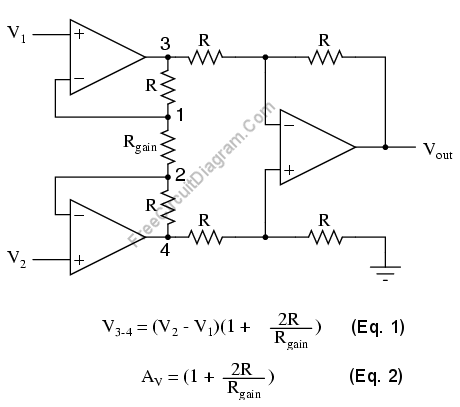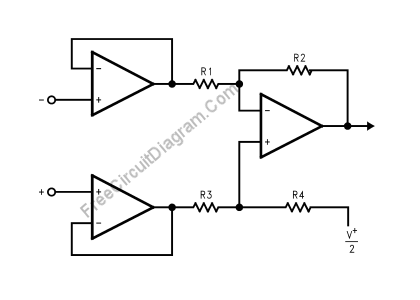Sine Wave Oscillator Circuit Using Phase Shifter
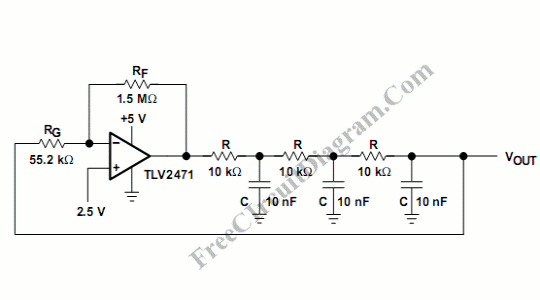
Sine wave oscillator can be implemented using Wien-Bridge oscillator like in our previous sine wave oscillator circuit, but now we present another method of generating sine wave signal. Using phase shifter, we can build a simple sine wave generator, as shown in the schematic diagram below: Sine wave oscillator using phase shifter has lower distortion than Wien-Bridge oscillator, coupled with […]
Read more